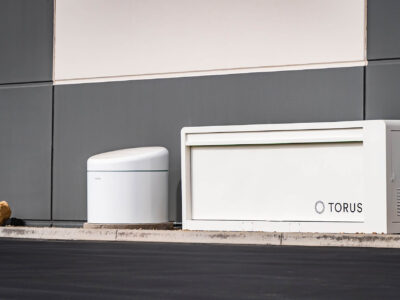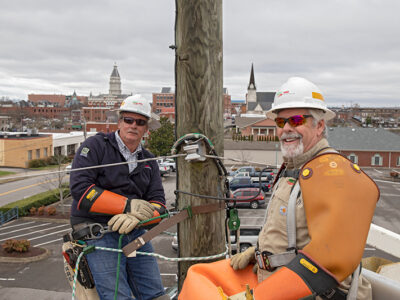More than 30% of American methane emissions come from orphan oil wells. These wells haven’t produced oil in 12 months but remain unplugged and emit harmful gases into the air. Many of them are old structures from the 1950s that were improperly sealed or left open. The Well Done Foundation (WDF) has made it its company mission to close as many of these orphan wells as possible.
There are estimated to be more than 3.5 million orphan wells nationwide. According to the Environmental Defense Fund, around 120,000 are documented. They threaten wildlife and marine habitats, poison drinking water supplies, and increase flood risks near coastal areas.
Heavy metal leakage is another problem associated with leaving these wells unsealed. Fortunately, simply plugging them halts all emissions and other associated issues.
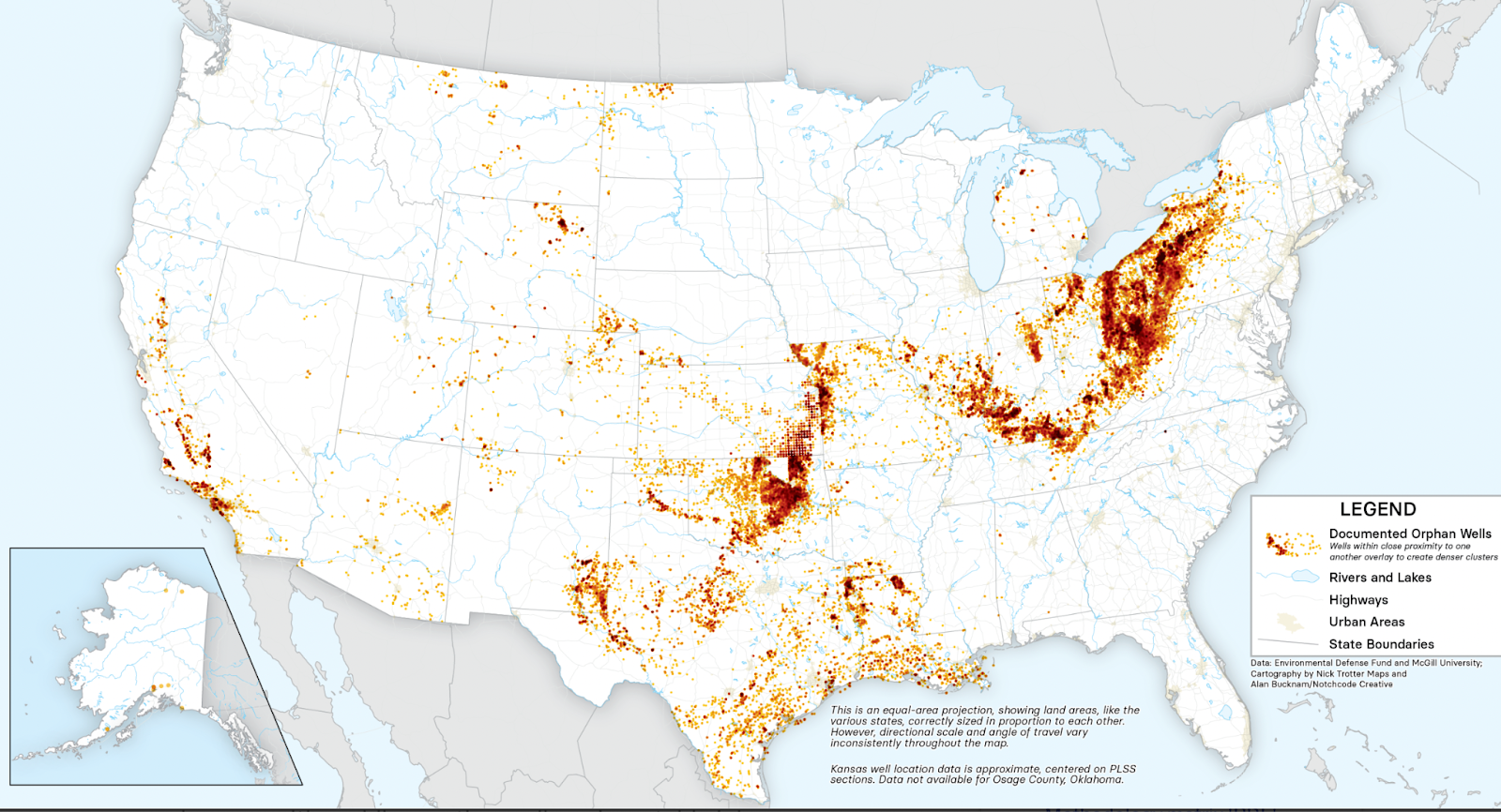
Photo Courtesy Environmental Defense Fund
WDF is a 501 C-3 nonprofit dedicated to closing up orphan wells. Curtis Shuck, chairman and founder, started the company in 2019 after visiting the Kevin-Sunburst Oilfield in Montana. He witnessed how these abandoned structures affected the environment and communities around them.
Since its founding, WDF has closed 43 oil and gas wells in several states. The foundation plugged its first well in Montana on Earth Day 2020.
“I was up in northern Montana, near the Canadian border, performing a role in my transportation consulting business working for an inland port, talking to farmers about moving grain to specific ports, and happened across my first orphan well,” he told The Business Download. “I was shocked at what I saw. I couldn’t believe something like that would be left behind. I was embarrassed for the industry after having been in oil and gas for decades.”
Shuck has expanded his reach into Pennsylvania, Ohio, West Virginia, Oklahoma, Texas, Louisiana, Kansas, Colorado, Wyoming, and California. WDF’s work has saved more than 500,000 metric tons of greenhouse gases from entering the atmosphere. Funding for these projects comes from the American Carbon Registry and other sponsors.
The organization studies the history, characteristics, and land leases to “adopt” the orphan well before closing it and restoring the land. Emissions generated from sealing the well get offset with carbon credits.
In Pennsylvania, the Bear Run #001 well had stayed undiscovered after the land became a mobile home park in the 1970s. Property owner Al Nacopoulos discovered an undocumented oil well while reaching for a water shut-off valve. WDF came to seal the well in February 2022. The nonprofit worked with the Pennsylvania Department of Environmental Protection and Project Canary during the process.
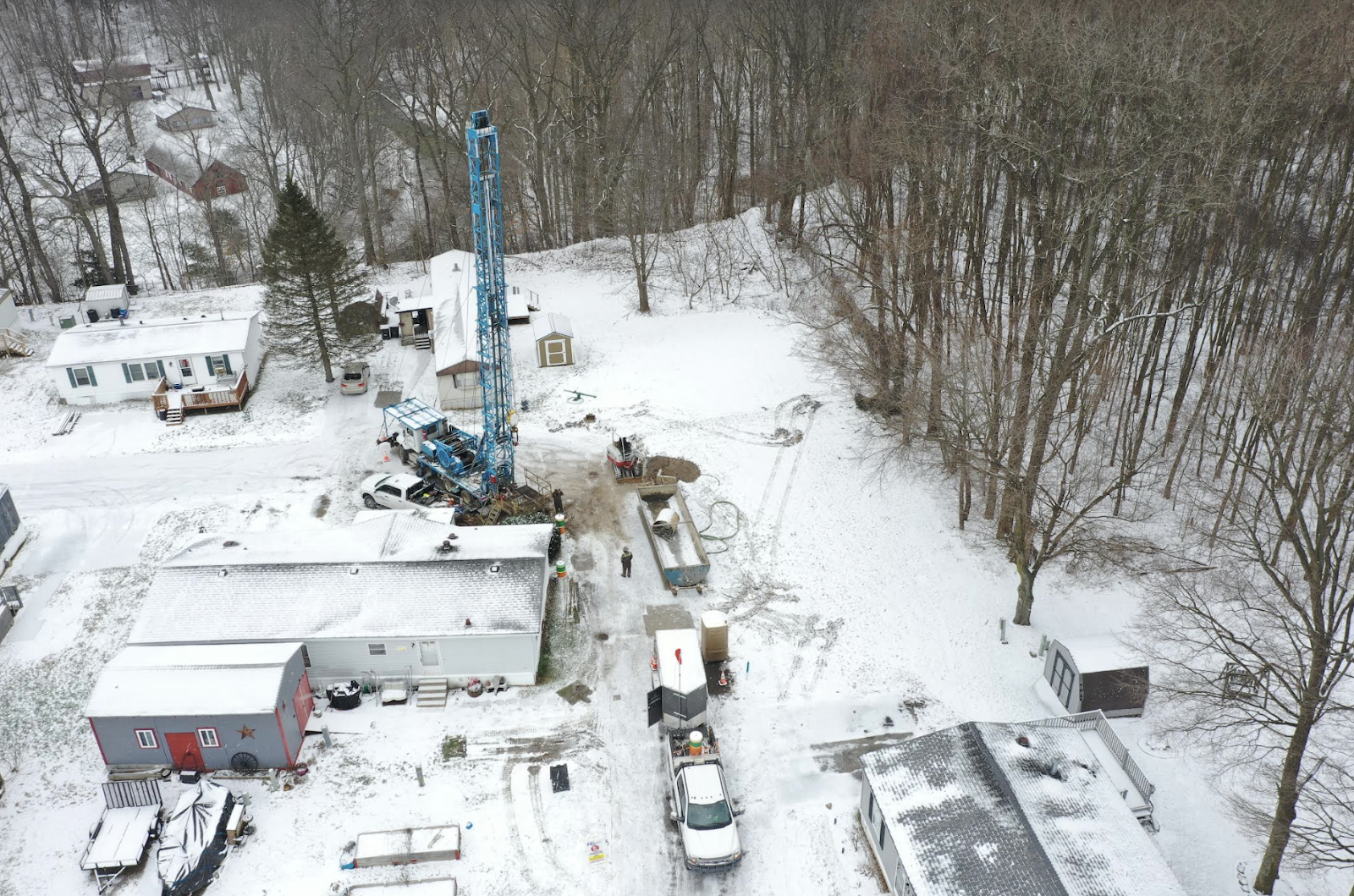
Photo Courtesy Well Done Foundation
In New Mexico, WDF worked with A-Plus Well Services, Inc. to measure methane emissions from New Mexico’s state Oil Conservation Division of the Earth, Minerals, and Natural Resources Department. They measured more than 70 wells in three different counties beginning in August 2022. This effort gave the New Mexico state authorities an idea of how much methane leakage they were dealing with. WDF also worked with the New Mexico Department of Game & Fish to plug abandoned wells in wildlife refuges.
Companies like ABB are providing financial assistance to WDF and its emissions-monitoring tech.
Shuck said the partnership would add “immense value to our campaign to fight climate change” by continuing the sealing of orphan wells. WDF will use high-sensitive analyzers with ABB’s technology to find wells and monitor residual methane emissions.
How are these wells plugged? According to the Texans For Natural Gas, it involves pouring cement down into the structure and removing piping. Layers of rock mixed with gas and oil deposits are buried under cement plugs. One is installed at the bottom of the pipe to protect groundwater supplies.
Sealing these wells is expensive. AZO Cleantech reported that the average cost is $75,000 and more than $1 million for some. Local, state, and federal government agencies often don’t have the money to do it. That’s where WDF comes in. Using funds from many of its partner organizations, they can actively seal wells and train workers to identify them.
Shuck explained the foundation has a great relationship with regulatory bodies. He finds little resistance to sealing these well.
“We’re working collaboratively with the state regulatory agencies, with the federal folks; we just had the Department of the Interior on location with us here in New Mexico last week looking at a bunch of wells along with the state of New Mexico,” he said talking to us from WDF’s New Mexico office. “We’re going through our methane qualification process.”
“What’s been fun is through this journey of discovery, the Well Done Foundation has been able to establish itself as a go-to resource and subject matter expert on methane quantification and how to deal with this,” Shuck continued.
“At the core of everything here has to be rock-solid data that’s defensible and everybody can get behind.”
The stats don’t lie, as documents shared on our video call showed around 60,000 metric tons of methane emissions identified so far in New Mexico. This information can lead to more wells being sealed.
The nonprofit founded a Climate Roughnecks training program. Workers are trained to measure and monitor methane leaks before sealing the wells. The first round of Roughneck training in Toole County, MT, July 19–20. The crew closed a 1930s orphan well. The most recent graduating class of methane monitors participated in commencement the night before Shuck spoke to The Business Download.
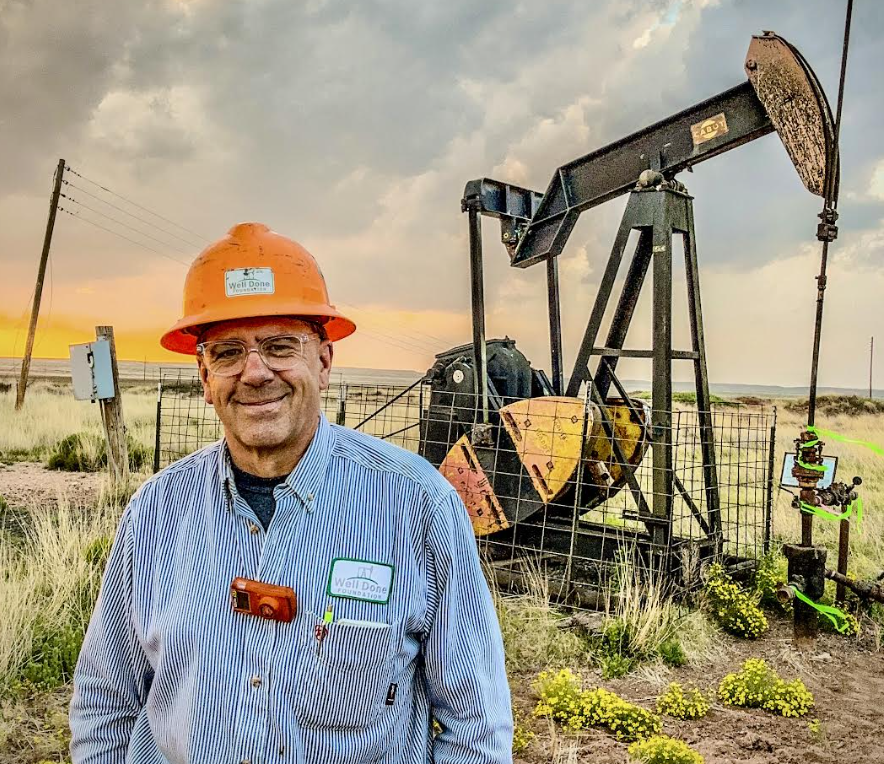
Photo Courtesy Well Done Foundation
“One of our main goals is to work on some of these climate emissions and how we can make changes in reducing emissions around the world,” Jordana Barrack, executive director for the Mighty Arrow Family Foundation and a WDF Climate Roughneck, told KRTV Great Falls. “Methane is some of the low-hanging fruit that we can work on. I try to find what nonprofits are working on capping oil and gas oil or working on methane reductions. The Well Done Foundation is kind of the only one that is doing this type of work from what I’ve been able to find.”
Chikashi Togashi, a Japanese national, came to participate so he could solve similar problems back in Japan. Shuck told The Business Download that WDF plans to take its efforts international, already establishing relationships with stakeholders in Alberta and Ontario, Canada, South America, and Southeast Asia.
The company has also successfully sealed orphan wells on Tribal lands within the U.S. Shuck said they already have undertaken projects on the Blackfeet Reservation in Montana.
WDF encourages landowners to reach out if they suspect an orphan well is on their property. The organization will help with training, provide detection equipment, and visit the site.
Yahoo! Life outlines a few ways to identify gas leaks in the home, such as if you have odd smells or noises coming from your oven, see distressed vegetation nearby, or food tastes weird after being cooked in the oven.
Sealing these wells is paramount to the U.S.’s carbon-neutral footprint. The Bipartisan Infrastructure Law included legislation and funding for plugging oil wells. According to an AZO Cleantech article, out of the $4.7 billion allocated, $560 million has gone to states working to plug up abandoned wells. More action from nonprofits like WDF will speed up the process.
“Doesn’t matter whether you’re Democrat or Republican, a climate crusader, or a climate denier. You don’t go to one of these locations and come away thinking, ‘That’s ok,’” Shuck said. “That’s been our focus to stay on the high road while others point fingers and talk smack. I tell people all the time we’re in the ‘get [redacted] done’ business.”


